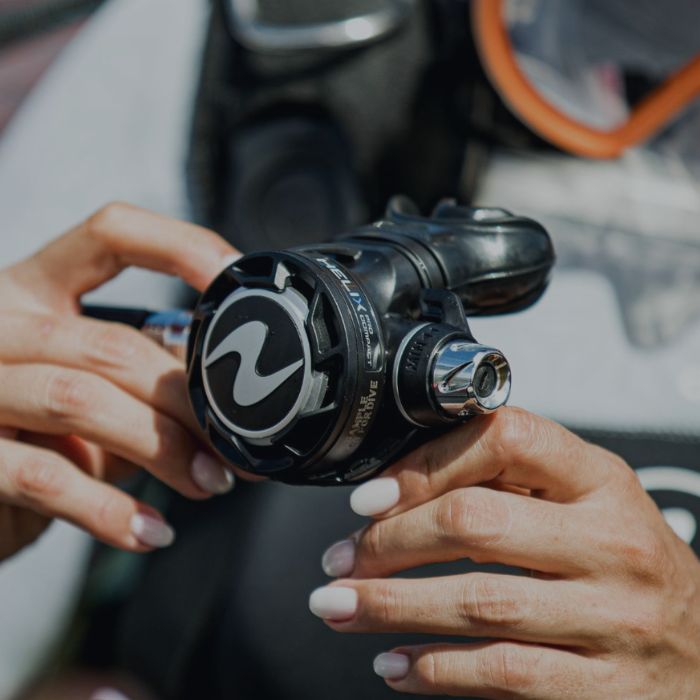How to care for your dive regulator?
Your scuba diving regulator is your lifeline underwater, making proper maintenance essential for both safety and longevity. Whether you're a beginner or an experienced scuba diver, following the best practices for dive regulator maintenance ensures optimal performance for years.
In this guide, we’ll walk you through the key steps to keep your dive regulator in top condition.
Your dive regulator controls the air flow from your tank, allowing you to breathe easily underwater. Over time, exposure to saltwater, UV, sand, and debris can lead to wear and tear, affecting its performance. Regular maintenance helps prevent malfunctions, extend its lifespan, ensure smooth breathing, and avoid costly repairs.
A well-maintained dive regulator starts with choosing the right one. Check out our guide on How to choose your dive regulator for the best diving experience!
Reminder
A well-maintained dive regulator guarantees safer, more enjoyable dives while significantly extending its lifespan. By following the right cleaning, storage, and servicing routines, you can maintain optimal performance, reliability, and breathing comfort on every dive. Take great care of your scuba regulator, and it will take care of you underwater!


